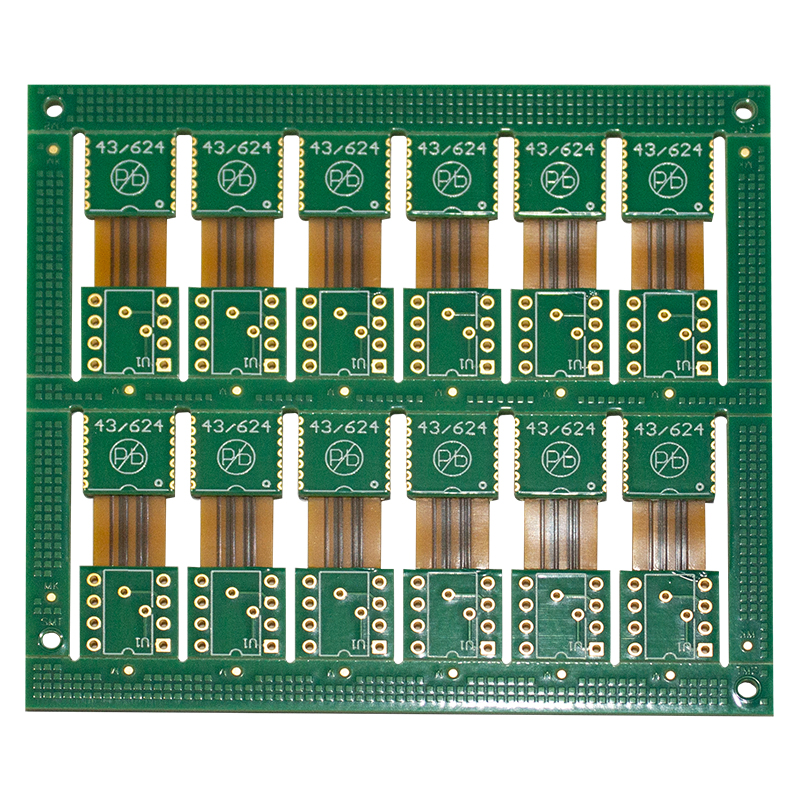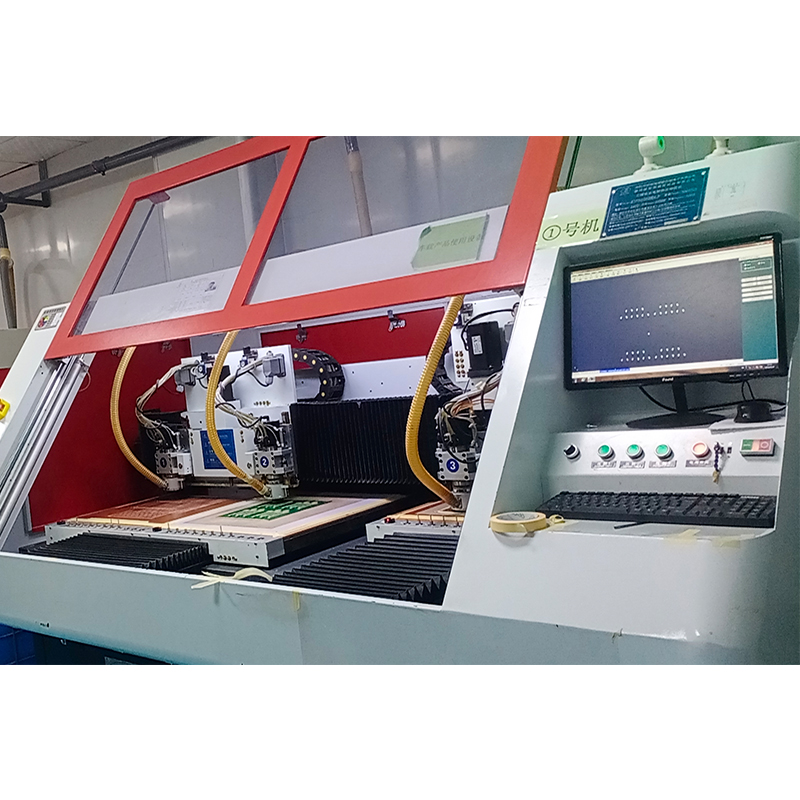Printed circuit boards (PCBs) are an important part of the electronics industry and are the basis for interconnection of various electronic components. The PCB production process involves two key stages: prototyping and series production. Understanding the difference between these two stages is critical for businesses and individuals involved in PCB manufacturing. Prototyping is the initial stage where a small number of PCBs are manufactured for testing and validation purposes. Its main focus is to ensure that the design meets the required specifications and functionality. Prototyping allows for design modifications and flexibility to achieve optimal results. However, due to lower production volumes, prototyping can be time-consuming and expensive. Volume production, on the other hand, involves mass production of PCBs after successful completion of the prototyping phase. The goal of this stage is to produce large quantities of PCBs efficiently and economically. Mass production allows for economies of scale, faster turnaround times, and lower unit costs. However, at this stage, design changes or modifications become challenging. By understanding the pros and cons of prototyping and volume production, businesses and individuals can make informed decisions about the method that best suits their PCB manufacturing needs. This article will delve into these differences and provide valuable insights to those involved in the PCB production process.
1.PCB Prototyping: Exploring the Basics
PCB prototyping is the process of creating functional samples of printed circuit boards (PCBs) before proceeding to mass production. The purpose of prototyping is to test and validate the design, identify any errors or flaws, and make necessary improvements to ensure the quality and reliability of the final product.
One of the main features of PCB prototyping is its flexibility. It can easily accommodate design changes and modifications. This is important in the initial stages of product development because it enables engineers to iterate and refine designs based on testing and feedback. The manufacturing process of prototypes usually involves producing small quantities of PCBs, thus shortening the production cycle. This rapid turnaround time is critical for companies aiming to reduce time to market and launch products faster. Additionally, the emphasis on low cost makes prototyping an economical choice for testing and validation purposes.
The benefits of PCB prototyping are many. First, it accelerates time to market because design changes can be implemented quickly, thereby reducing overall product development time. Second, prototyping enables cost-effective design changes because modifications can be made early, thus avoiding costly changes during series production. Additionally, prototyping helps identify and correct any issues or errors in the design before going into series production, thereby minimizing the risks and costs associated with defective products entering the market.
However, there are certain disadvantages to PCB prototyping. Due to cost constraints, it may not be suitable for high-volume production. The unit cost of prototyping is usually higher than that of mass production. Additionally, the long production times required for prototyping can create challenges when meeting tight high-volume delivery schedules.
2.PCB Mass Production: Overview
PCB mass production refers to the process of manufacturing printed circuit boards in large quantities for commercial purposes. Its main goal is to achieve economies of scale and effectively meet market demand. This involves repeating tasks and implementing standardized procedures to ensure quality, reliability and functionality consistency. One of the key features of PCB mass production is the ability to produce large quantities of PCBs. Manufacturers can take advantage of volume discounts offered by suppliers and optimize their production processes to reduce costs. Mass production enables companies to achieve cost efficiencies and maximize profitability by producing large quantities at lower unit costs.
Another important feature of PCB mass production is the improvement of production efficiency. Standardized procedures and automated manufacturing techniques help streamline production processes, reduce human errors and increase productivity. This results in shorter production cycles and faster turnarounds, allowing companies to meet tight deadlines and get products to market quickly.
While there are many benefits to mass production of PCBs, there are also some drawbacks to consider. A major disadvantage is the reduced flexibility for design changes or modifications during the production phase. Mass production relies on standardized processes, making it challenging to make changes to designs without incurring additional costs or delays. Therefore, it is crucial for companies to ensure that designs are thoroughly tested and validated before entering the volume production stage to avoid costly mistakes.
3.3.Factors affecting choice Between PCB Prototyping and PCB Mass Production
Several factors come into play when choosing between PCB prototyping and volume production. One factor is product complexity and design maturity. Prototyping is ideal for complex designs that may involve multiple iterations and adjustments. It allows engineers to verify PCB functionality and compatibility with other components before proceeding to mass production. Through prototyping, any design flaws or issues can be identified and corrected, ensuring a mature and stable design for mass production. Budget and time constraints also influence the choice between prototyping and series production. Prototyping is often recommended when budgets are limited because prototyping involves a lower initial investment compared to mass production. It also provides faster development times, allowing companies to launch products quickly. However, for companies with sufficient budgets and long planning horizons, mass production may be the preferred option. Producing large quantities in a mass production process can save costs and achieve economies of scale. Testing and validation requirements are another key factor. Prototyping enables engineers to thoroughly test and verify PCB performance and functionality before going into mass production. By catching any defects or issues early, prototyping can minimize the risks and potential losses associated with mass production. It enables companies to refine and improve designs, ensuring a higher level of quality and reliability in the final product.
Conclusion
Both PCB prototyping and mass production have their own advantages and disadvantages, and the choice between the two depends on a variety of factors. Prototyping is ideal for testing and validating designs, allowing for design modifications and flexibility. It helps businesses ensure that the final product meets their expectations in terms of functionality and performance. However, due to lower production volumes, prototyping may require longer lead times and higher unit costs. Mass production, on the other hand, offers cost-effectiveness, consistency, and efficiency, making it suitable for large-scale manufacturing. It shortens production turnaround time and reduces unit costs. However, any design modifications or changes are restricted during series production. Therefore, companies must consider factors such as budget, timeline, complexity and testing requirements when deciding between prototyping and volume production. By analyzing these factors and making informed decisions, companies can optimize their PCB production processes and achieve desired results.
Post time: Sep-12-2023
Back








